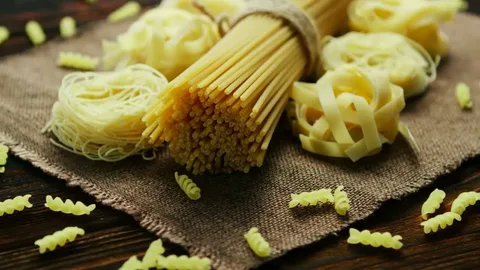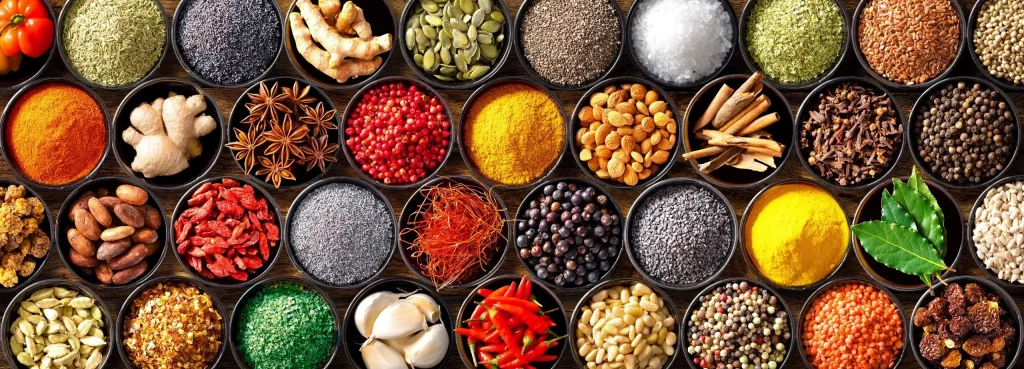Pasta, a simple yet beloved staple in Italian cuisine, has a rich and somewhat debated history. Today, it’s synonymous with Italian food culture, but its journey to this iconic status is a tale of global exploration, culinary innovation, and cultural exchange. Let’s unravel the story of pasta and its evolution in Italian cuisine.
The Origins of Pasta
The origins of pasta have been a subject of debate among food historians. While many associate pasta with Italy, its beginnings may lie elsewhere. One popular theory suggests that pasta was introduced to Italy by Marco Polo after his travels to China in the 13th century. However, this has been largely debunked, as there is evidence of pasta-like dishes in Italy predating Polo’s travels.
Early Forms of Pasta
The earliest forms of pasta likely originated in the Mediterranean region. Historical records suggest that ancient Greeks and Romans had dishes similar to pasta. In these early times, pasta was typically a simple dough made from wheat flour mixed with water or eggs, then formed into various shapes and boiled.
Pasta in Medieval Italy
During the Middle Ages, pasta began to take root in Italian cuisine, particularly in the southern regions of Italy. Durum wheat, with its high gluten and low moisture content, proved ideal for making dried pasta. This type of pasta could be easily stored and transported, making it a popular food among travelers and for long sea voyages.
The Renaissance and Pasta
The Renaissance period saw significant advancements in pasta production. The introduction of pasta machines allowed for a variety of shapes and sizes to be produced more efficiently. During this time, pasta was often served with rich, hearty sauces, a departure from the simpler preparations of earlier times.
Pasta Goes Global
The 17th and 18th centuries marked the spread of pasta beyond Italy’s borders. Italian immigrants brought their love for pasta to the New World, where it gradually gained popularity. The invention of the tomato-based sauce in the 18th century, a staple in modern pasta dishes, further enhanced its appeal.
Modern Pasta
In modern times, pasta has become a global phenomenon, coming in countless varieties and preparations. From spaghetti and meatballs to lasagna and ravioli, pasta dishes have become integral to not just Italian but international cuisine. Innovations in pasta production, including the use of extrusion machines and different ingredients, have continued to evolve the dish.
Conclusion
Pasta’s journey from a simple, humble dish to a cornerstone of Italian cuisine is a testament to its versatility and universal appeal. Its history is a rich tapestry that intertwines with the cultural and culinary developments of Italy and beyond. Today, pasta is not just a food item; it’s a cultural icon, representing the simplicity, creativity, and passion of Italian cooking. 🍝🌾🇮🇹🌍🍅🍴


